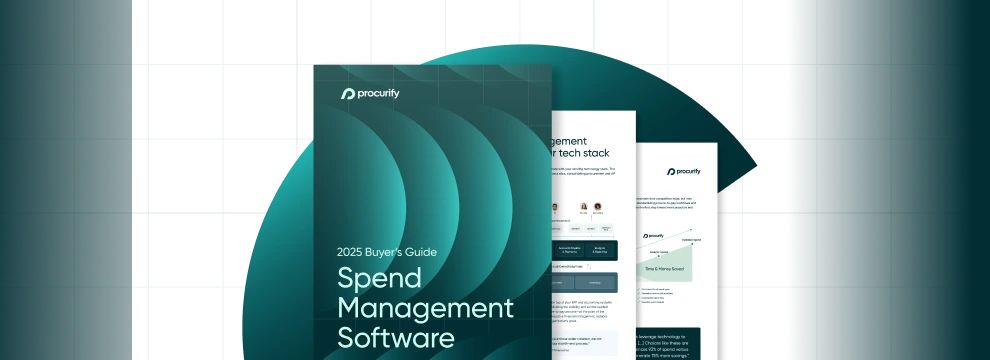Top Five Issues Faced in the Purchasing World
In a radio address to the American public on June 12, 1942, then-U.S. President Franklin D. Roosevelt quipped: “There are as many opinions as there are experts.”
Wise words, indeed.
At the time, Roosevelt was discussing the critical need to collect used rubber to help the American war effort. A massive amount of rubber, you see, was required to build the trucks, tanks, planes and boats used by the army and navy.
But Roosevelt’s words have proven just as relevant in the ensuing decades – whatever the topic (foreign policy, sports, trustworthy auto mechanics…) each individual asked to share an opinion will likely offer a distinctive point of view.
The purchasing world, of course, is no different. True to form for an ever-evolving profession, purchasers have an ever-growing list of issues (getting a seat at the executive table, improving department efficiency etc.) they face in the development of their profession.
That said, our friends at consulting giant KPMG have compiled a concise, discerning list of the top five issues purchasers are currently dealing with in their complex professional sphere.
You’d didn’t think we’d leave you hanging with giving you some specifics…did you?
KPMG’s Top Five List:
- Becoming partners with key stakeholders throughout the organization: For purchasing professionals to achieve a seat at the executive table, they need to focus on aligning themselves with every department in their respective firms. By doing so, purchasers will learn how other departments view the organization and will ensure the purchasing function is included early in the decision making process.
- Moving beyond a strict focus on cost savings: Saving money on contracts will always be a component of a purchaser’s job. But a purchasing function is now expected to do much more – risk management and supplier relationship management, for example, are landing on the purchasing function’s plate.
- Achieving an optimal operating model: Each of the items in this list are difficult to achieve – but this one may prove the most elusive. Purchasers (and supply chain managers) are working to ensure the desired centralized purchasing process is creating value throughout their organizations. Doing this, however, requires constant reassessment and reworking of their purchasing process. If successful, the efficiency of the purchasing function as a whole will increase significantly.
- Prioritizing supply chain risk: KPMG research (gleaned from a survey of purchasing professionals) highlights a concern over supply chain risk. And this worry is for good reason – natural disasters, supply chain failures and crushing financial meltdowns have all disrupted the most well-oiled supply chains. To overcome this pressing concern, purchasing departments must fight to include this issue on the broader agenda of the company as a whole. The executive sphere of a firm must understand this risk as well.
- Leveraging new technology: Technology, while more and more popular in purchasing departments, is still a foreign concept to some. Unfortunately for those unwilling to adopt purchasing software, reliable and critical data is not capitalized upon. Even worse, however, are those companies that adopt purchasing software but don’t utilize it. As purchasing is leaned upon more and more in a business, the information purchasing software can provide will be important.
Furthermore, new technology will allow purchasers to focus on important value-added tasks such as securing better contracts with suppliers and drafting financial forecasts for the coming month, quarter or year. Purchasing software will, without a doubt, increase the efficiency of a purchasing department, which provides the time for such critical tasks.
As I outlined at the beginning of this post: there are surely more issues facing purchasing professionals.
If you have any to add, feel free to email us and share your experiences or send us a blog post. We always want to hear from experts in the field and increase the dialogue surrounding the purchasing profession.

Webinar: From Reactive to Real-Time Spend Management
Learn why more CFOs are investing in technology and systems that deliver real-time visibility and control over all business spend – to ultimately reduce risk and cut costs.
